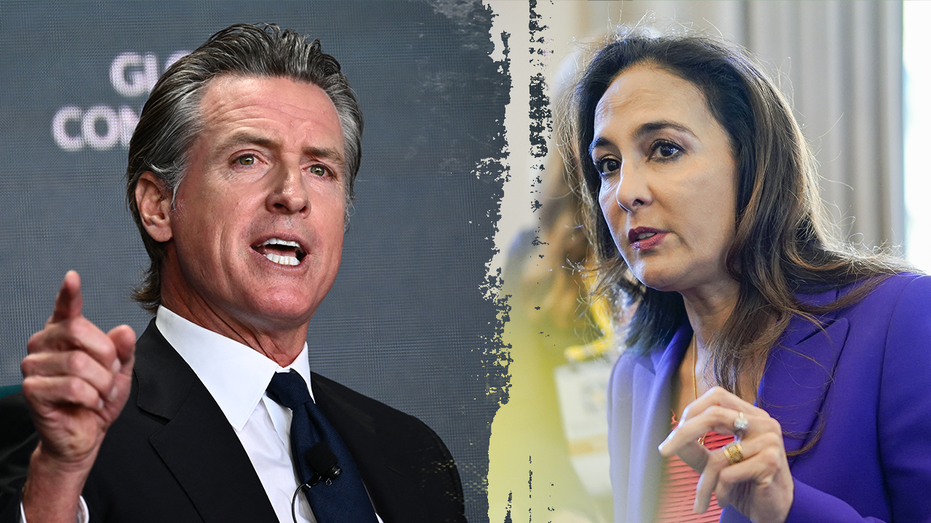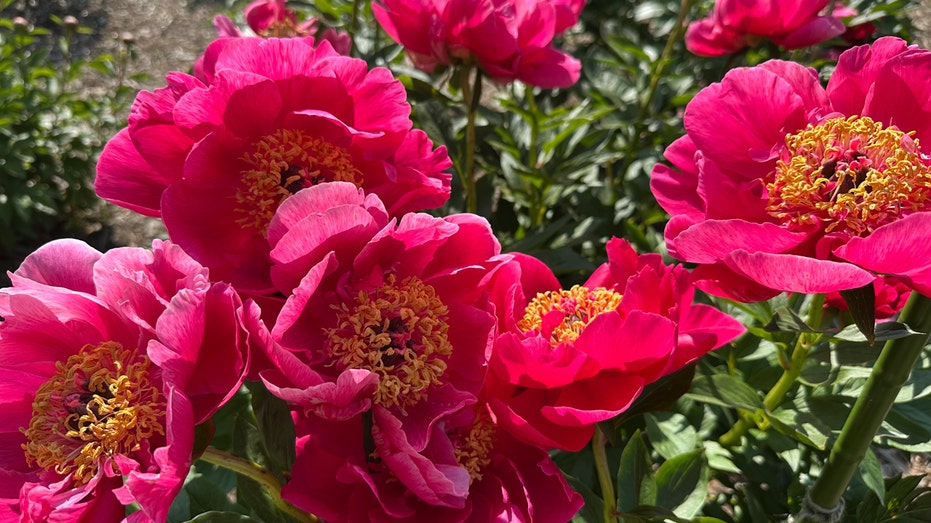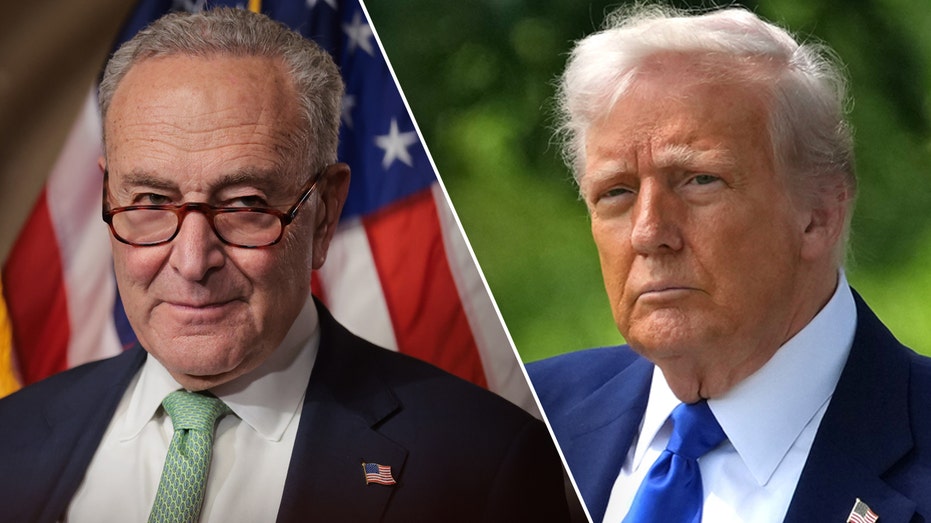Exploring Imperial Grandeur: The Fascinating Histories of The Forbidden City and The Kremlin
Beijing’s Forbidden City and Moscow’s Kremlin remain enduring symbols of imperial grandeur and cultural heritage across China and Russia.

Palaces have long stood as emblems of authority and cultural sophistication. The Forbidden City in Beijing and the Kremlin in Moscow are two of the most renowned royal complexes in the world, encapsulating the majestic legacy of Chinese and Russian empires. These historic sites not only housed monarchs and statesmen but also played pivotal roles in shaping their nations' identities.

Construction of the Forbidden City began over 600 years ago in 1406, commissioned by the Yongle Emperor of the Ming dynasty. For centuries, it served as the home to 24 emperors from both the Ming and Qing dynasties, witnessing countless milestones and political transformations. Designed with meticulous attention to symmetry, the sprawling palace complex features striking red walls and resplendent golden roofs, illustrating the ancient Chinese principles of harmony and hierarchy. The site's intricate architecture and opulent details continue to captivate scholars and tourists alike.
In modern times, the Forbidden City has been transformed into the Palace Museum, a renowned UNESCO World Heritage Site that preserves and exhibits treasures of traditional Chinese art and heritage. Each year, millions of visitors walk its storied halls, gaining firsthand insight into China's dynastic past and ongoing efforts to safeguard its cultural patrimony.

Meanwhile, the Kremlin stands at the heart of Moscow, its origins tracing back to the 12th century. Over time, this formidable fortress evolved from a medieval citadel into a central seat of power for Russian tsars and, later, Soviet leaders. Today, it serves as the official residence of Russia's president, continuing its tradition as a nucleus of government and ceremony. The Kremlin's architecture is a vivid tapestry, blending Byzantine, Gothic, and native Russian styles to form an iconic skyline punctuated by cathedrals, towers, and ornate palaces.
Significant landmarks within the Kremlin's walls—such as the Assumption Cathedral and the towering Ivan the Great Bell Tower—testify to the deep intertwining of faith and governance in Russian history. These structures not only add to the visual splendor of the Kremlin complex but also symbolize critical moments in the nation's religious and political development.
Despite their differences in design and historical trajectory, both the Forbidden City and the Kremlin serve as enduring monuments to the rich traditions and aspirations of their respective peoples. These palatial ensembles remain powerful symbols of national pride, connecting the present with centuries of heritage and monumental ambition.




